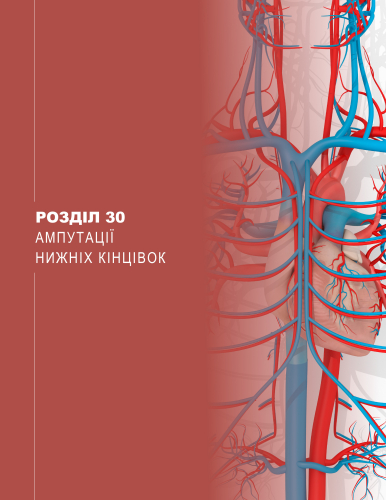Support the development of the TCCC project in Ukraine
- Learning Objectives
- General Considerations and Surgical Principles
- Below-Knee (Transtibial) Amputation (BKA)
- BKA Considerations
- BKA Surgical Technique
- BKA Pitfalls
- Knee Disarticulation (Through-Knee Amputation/TKA)
- TKA Considerations
- TKA Surgical Technique
- TKA Pitfalls
- Above-the-Knee (Transfemoral) Amputation (AKA)
- AKA Considerations
- AKA Surgical Technique
- AKA Pitfalls
- Hip Disarticulation
- Hip Disarticulation Surgical Technique
- Hip Disarticulation Pitfalls




















